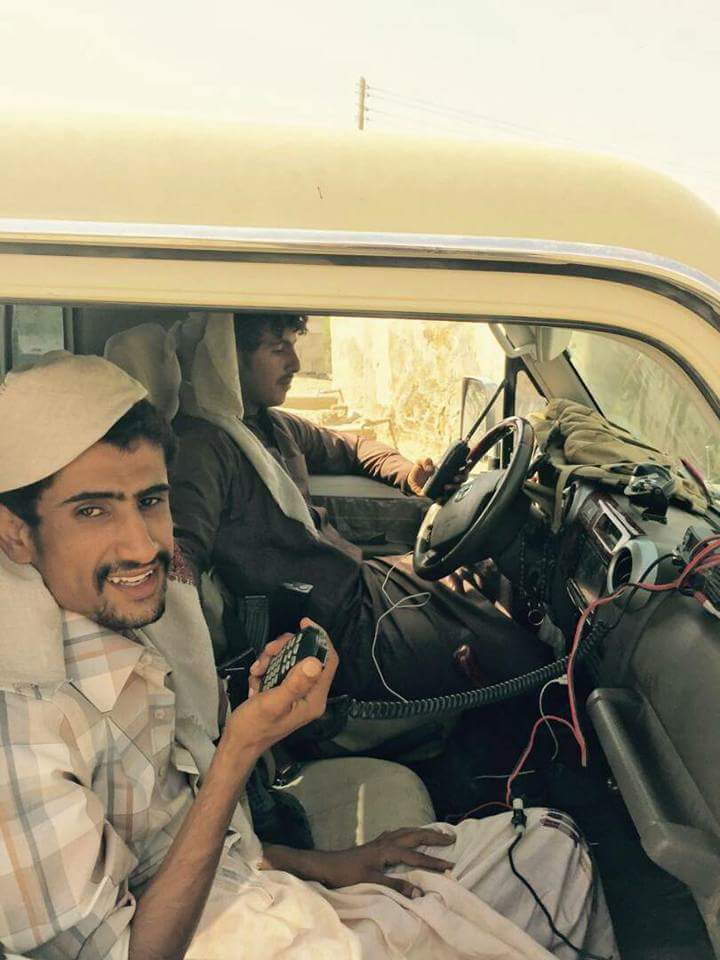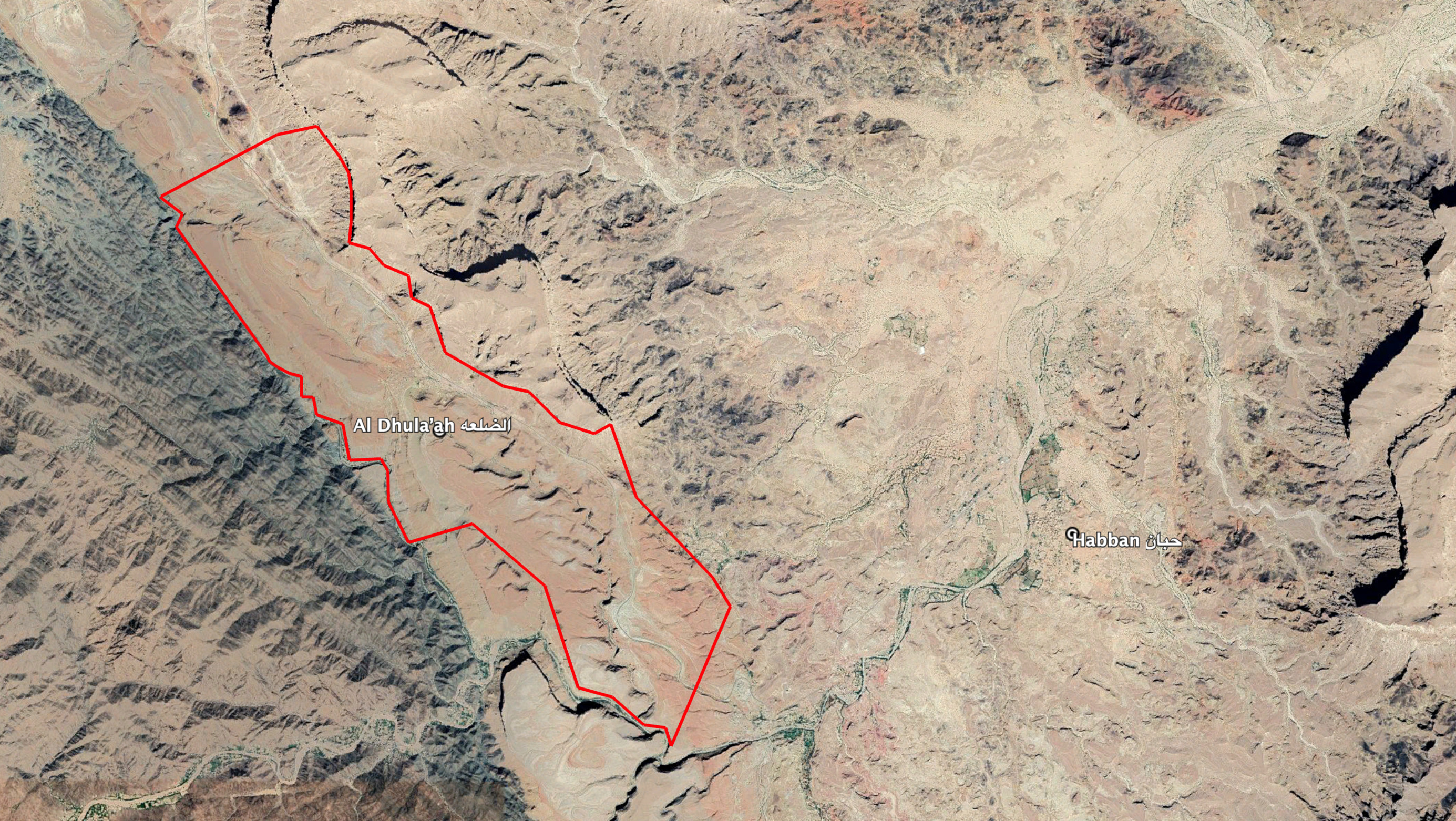Incident Code
Incident Date
Location
Geolocation
Geolocation
Airwars Assessment
(Previous Incident Code: YEMT079-C)
On April 24th 2017, Pentagon spokesperson Captain Jeff Davis stated that a US strike had killed eight AQAP militants in Shabwa governorate on the previous day, confirming earlier reports that an afternoon US drone strike in Al Dhula’ah, in the Al Said area, had killed eight people. Several sources reported, however, that at least three – and potentially all of those killed – were civilians.
Several sources reported that three civilians were killed in the attack, whom multiple sources named as cousins Mansour Salem Lahoul Al-Barasi Al-Awlaqi; Khaled bin Nasser Lahoul Al-Barasi Al-Awlaqi; and Nasser Muhammed Saeed Lahoul Al-Barasi Al-Awlaqi. According to one source, the cousins were members of the “Southern Resistance of Al Baras tribe”.
According to The Intercept, Mansour was “a former Yemeni Army lieutenant in his late thirties”, while, of his two 23-year-old cousins killed in the strike, Khalid was “home on vacation from Malaysia, where he was studying English”.
Sources differed on the exact circumstances of the reported civilian deaths. According to Aden Al-Ghad, the cousins were driving behind a car carrying alleged AQAP militants, and were killed when a strike missed the AQAP vehicle and destroyed the civilian vehicle. Reuters reported that, according to residents and local sources, three civilians were killed “who happened to be passing nearby”.
Other sources, including AFP, suggested that the three civilians were killed in a second ‘double tap’ strike after having gone to the aid of those caught in a first strike.
The Intercept instead reported that the three men were at a security checkpoint at the time of the strike, when they were joined by a car full of five “local militants”, and were killed shortly after sending someone to fetch lunch.
According to multiple sources, the US drone strike took place at the Al-Saeed junction. Most sources agreed that three AQAP militants were additionally killed in the strike, though several indicated that five had died.
However, speaking with The Intercept, Mansour Al-Awlaqi’s nephew, Ammar Salim Farid, denied that any of those killed were current AQAP members. “To be honest, the five people in the car had past links to [terror groups], but they had quit this movement two years ago,” he said.
Yemen Shabab named the dead alleged AQAP militants as Mohammed Awad Barasin; Shawky Awad Barasin; Abdullah Ali Barasin; Muhammad Ali Jaar; and Hamad Ali Jaar, and indicated that they were killed as they travelled to the Habban district.
Mohammed Awad Barasin was also reported to be the “second man” of AQAP in Shabwa governorate. The Pentagon told Fox News that he had “planned external attacks and coordinated the group’s movement of weapons and explosives”. However, Ammar Salim Farid Al-Awlaqi denied this, saying that Mohammed had been a member of both AQAP and the Islamic State, but had since left both groups.
Ammar told the Intercept that he heard the strike from his home. “We went to the cemetery and found Mansoor, Khalid, and Nasir, all but pieces of flesh [so] that we were not able to tell their appearances… It was a shock no human can accept and there’s anger at the U.S. government.”
The Bureau of Investigative Journalism later reported that, following The Intercept article, CENTCOM told the Bureau that “after a thorough review, they concluded the civilian casualty allegations from the strike were not credible”.
On April 24th 2017, the Pentagon announced that the US had carried out over eighty strikes in Yemen since February 28th 2017.
In its May 2018 annual civilian casualty report, the US Department of Defense stated that “there were credible reports of civilian casualties caused by U.S. military actions in Yemen against AQAP and ISIS during 2017”, but did not specify which specific actions these reports referred to. Overall, the Department of Defense assessed that there were credible reports of “approximately 499 civilians killed and approximately 169 civilians injured during 2017”, as a result of US military actions in Iraq, Syria, Afghanistan, and Yemen.
Responding to Airwars’ publication of its Yemen dataset and accompanying report in October 2020, CENTCOM dismissed all but two civilian harm claims under President Trump, asserting that “USCENTCOM conducted a thorough review of the information AirWars provided regarding allegations of potential civilian harm caused by USCENTCOM strikes in Yemen from 2017-2020… The bulk of the information asserted by AirWars, however, did not correspond with dates and locations of U.S. military strikes or raids in Yemen. Other AirWars allegations either did not allege civilian harm or were not assessed as credible upon our review.”
Victims
Family members (3)



Family members (3)
Family members (2)
Key Information
Geolocation Notes
Reports of the incident mention a vehicle being struck in the Al Dhua’lia (الضلعه), in the vicinity of Habban (حبان) town. Due to limited satellite imagery and information available to Airwars, we were unable to verify the location further. The generic coordinates for Al Dhua’lia are: 14.36518, 47.001057.

Reports of the incident mention a vehicle being struck in the Al Dhua’lia (الضلعه), in the vicinity of Habban (حبان) town.
Imagery: Google Earth
